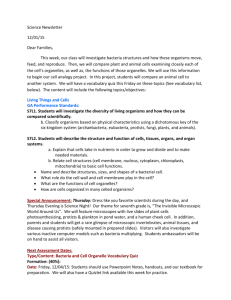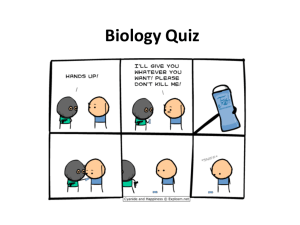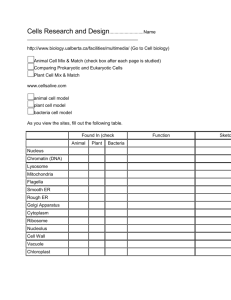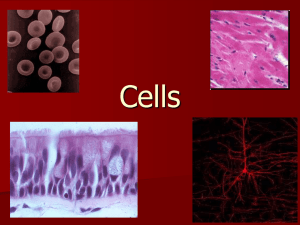Science 10 1. Know where all the parts (
advertisement
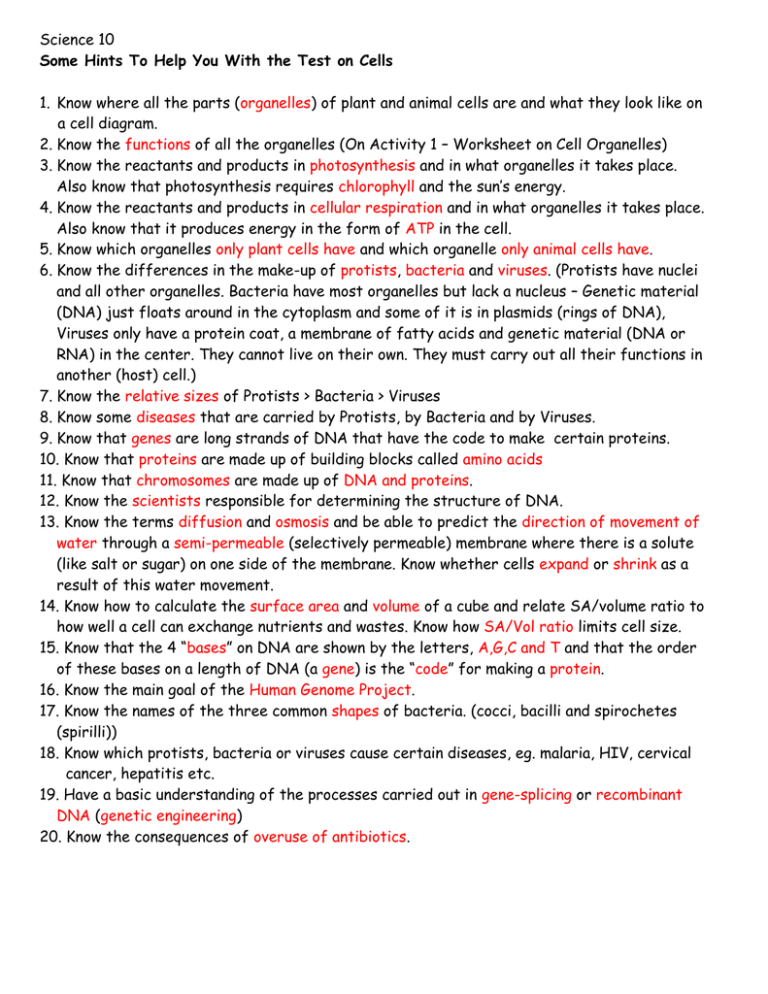
Science 10 Some Hints To Help You With the Test on Cells 1. Know where all the parts (organelles) of plant and animal cells are and what they look like on a cell diagram. 2. Know the functions of all the organelles (On Activity 1 – Worksheet on Cell Organelles) 3. Know the reactants and products in photosynthesis and in what organelles it takes place. Also know that photosynthesis requires chlorophyll and the sun’s energy. 4. Know the reactants and products in cellular respiration and in what organelles it takes place. Also know that it produces energy in the form of ATP in the cell. 5. Know which organelles only plant cells have and which organelle only animal cells have. 6. Know the differences in the make-up of protists, bacteria and viruses. (Protists have nuclei and all other organelles. Bacteria have most organelles but lack a nucleus – Genetic material (DNA) just floats around in the cytoplasm and some of it is in plasmids (rings of DNA), Viruses only have a protein coat, a membrane of fatty acids and genetic material (DNA or RNA) in the center. They cannot live on their own. They must carry out all their functions in another (host) cell.) 7. Know the relative sizes of Protists > Bacteria > Viruses 8. Know some diseases that are carried by Protists, by Bacteria and by Viruses. 9. Know that genes are long strands of DNA that have the code to make certain proteins. 10. Know that proteins are made up of building blocks called amino acids 11. Know that chromosomes are made up of DNA and proteins. 12. Know the scientists responsible for determining the structure of DNA. 13. Know the terms diffusion and osmosis and be able to predict the direction of movement of water through a semi-permeable (selectively permeable) membrane where there is a solute (like salt or sugar) on one side of the membrane. Know whether cells expand or shrink as a result of this water movement. 14. Know how to calculate the surface area and volume of a cube and relate SA/volume ratio to how well a cell can exchange nutrients and wastes. Know how SA/Vol ratio limits cell size. 15. Know that the 4 “bases” on DNA are shown by the letters, A,G,C and T and that the order of these bases on a length of DNA (a gene) is the “code” for making a protein. 16. Know the main goal of the Human Genome Project. 17. Know the names of the three common shapes of bacteria. (cocci, bacilli and spirochetes (spirilli)) 18. Know which protists, bacteria or viruses cause certain diseases, eg. malaria, HIV, cervical cancer, hepatitis etc. 19. Have a basic understanding of the processes carried out in gene-splicing or recombinant DNA (genetic engineering) 20. Know the consequences of overuse of antibiotics.
